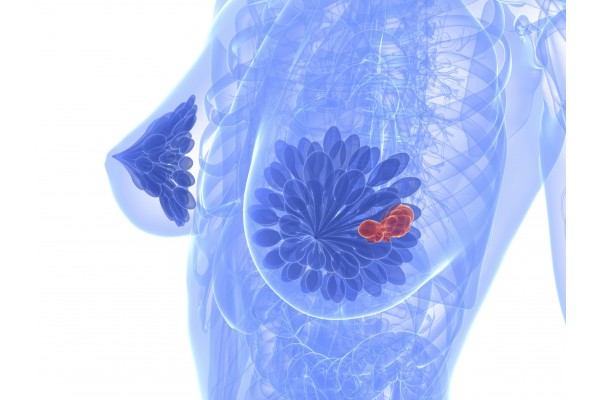Are These Four Viruses Present in Breast Tissue before Breast Cancer? – Medical News Bulletin
November 24, 2017
Source: medicalempires
 873
873

Numerous viruses have been linked to the development of invasive breast cancer.Of these, the mouse mammary tumor virus (MMTV), bovine leukemia virus (BLV), human papillomavirus (HPV), and Epstein Barr virus (EBV) have been shown to possess oncogenic potential or the ability to transform normal cells into tumor cells. A considerable body of evidence has accumulated indicating a link between viruses and breast cancer.
A key criterion that establishes a causative link between cancer development and these viruses is the presence of these viruses prior to cancer development. A new study in Australia reexamined the association between viruses and breast cancer and demonstrated the presence of multiple viruses in normal breast tissue and their presence in breast cancer tissue from the same patients after the development of invasive breast cancer. These findings were published recently in Infectious Agents and Cancer.
The researchers reviewed old patient records to identify patients who had undergone multiple breast biopsies, which included both an initial benign breast tissue specimen and a subsequent breast cancer tissue specimen. A total of 41 patients were identified who’s biopsy specimens before and after the development of cancer were available. Seventeen normal breast tissues from individuals who underwent cosmetic breast surgery were used as controls. The researchers used a technique called polymerase chain reaction (PCR) and other immunohistochemistry techniques to identify viruses.
For 27 of the 41 patients, enough samples were available to test for all four viruses both before and after cancer development. BLV was identified in 78% of the benign breast specimens and 91% of the subsequent breast cancer specimens in the same patients. MMTV was identified in 24% of the benign specimens and 36% of the subsequent breast cancer specimens. Strains of HPV associated with higher risk for breast cancer were identified in 72% of the benign breast tissues and 76% of the subsequent breast cancer tissues. EBV was not identified in any of the benign breast specimens but identified in 25% of the breast cancer specimens from the same patients. Furthermore, EBV and HPV were identified in the same breast cancer cells using in situ PCR. As for the control samples, MMTV was identified in 18%, BLV in 35%, high-risk HPV in 18%, and EBV in 29% of the samples.
As for the limitations of the study, data obtained using these techniques are susceptible to a relatively high number of false positives and false negatives. However, multiple types of tests (standard PCR, in situ PCR, sequencing, immunohistochemistry) were carried out for virus identification, and furthermore, the tests were carried out at two independent testing facilities with similar results.
There is strong evidence that these four viruses contribute to the development of cancer in breast tissue. The identification of multiple viruses in breast tissue samples before and after cancer develops as shown in this study is noteworthy. Additionally, the co-location of multiple viruses in the same cell, as shown here with HPV and EBV, may represent an increased risk of cancer. However, the mechanisms by which different viruses may collaborate to induce cancer are not clear. Research designed to shed more light on this issue is underway.
By DduRead more on
- Things to Know before Buying Newborn Baby Incubators March 31, 2022
- Highly Resistant Food Poisoning Bug Responds to Antibiotics September 6, 2018
- Smartphone Based Diagnosis to Identify Mosquitoes Transmitting Infection September 5, 2018
- 3 Natural Plant Extracts Manufacturers on Drugdu.com September 4, 2018
- Shenzhen Chuanggan – Health Assessment Facility Supplier September 4, 2018
your submission has already been received.
OK
Subscribe
Please enter a valid Email address!
Submit
The most relevant industry news & insight will be sent to you every two weeks.



